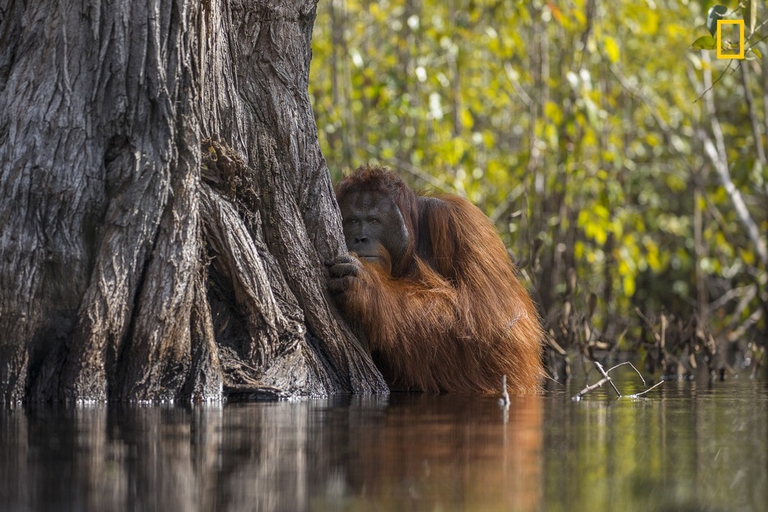
The Amazon became an alternative classroom during the pandemic. Now, the educational forest in Batraja, Bolivia, lives on to teach children and adults the value of nature.
National Geographic has awarded the best nature photography from all over the world, to make us discover, with more conscious eyes, the wonders surrounding us. Here are all the winning photos.
National Geographic, American-based magazine dedicated to the exploration of world and nature, annually chooses and awards the best international amateur nature photographs. The National Geographic Nature Photographer of the Year contest aims to tell and illustrate our Planet’s environment and the species it is home to, while exposing the threats they’re facing too often due to humanity.
The 2017 edition’s winning picture, taken in Tanjung Putting National Park, Borneo by photographer Jayaprakash Joghee Bojan, is meaningful as it features an organgutan in its habitat, which is ever more fragmented and reduced due to deforestation. “If you travel to Borneo, you’ll see that almost 60 to 70 per cent of their habitat has been destroyed by palm oil farming,” said Bojan. “I was really excited that this particular image won the contest because I think the orangutans needed it more than me. The orangutans need more help than they’re getting”.
Every year the photo contest calls photographers from all over the world, inviting them to upload their photos through Your shot (the National Geographic photography community) and compete in four categories: Wildlife, Landscapes, Aerials, and Underwater.
This year’s winners, chosen among 11,000 entries, have featured varied subjects, from an erupting volcano in Hawaii to an anemone underwater, from a macaque relaxing in natural hot springs to a rock pool during high tide in Australia. The result is a photo gallery that takes us on a journey that makes us discover the wonders of the world’s animal species, landscapes and ecosystems as well as reconsider humanity when compared with the magnificence of nature. A photo gallery showcasing the natural beauty that, in the end, takes our breath away.
Siamo anche su WhatsApp. Segui il canale ufficiale LifeGate per restare aggiornata, aggiornato sulle ultime notizie e sulle nostre attività.
![]()
Quest'opera è distribuita con Licenza Creative Commons Attribuzione - Non commerciale - Non opere derivate 4.0 Internazionale.
The Amazon became an alternative classroom during the pandemic. Now, the educational forest in Batraja, Bolivia, lives on to teach children and adults the value of nature.
Our species took its first steps in a world covered in trees. Today, forests offer us sustenance, shelter, and clean the air that we breathe.
Bangladesh suffered widespread damage as a result of Cyclone Amphan. Yet the Sundarbans mangrove forest acted as a natural barrier protecting the country from further destruction, as it has done countless times before.
On top of a 2.4 million dollar compensation, the indigenous Ashaninka people will receive an official apology from the companies who deforested their lands in the 1980s.
The tapir was reintroduced into Brazil’s Atlantic Forest, the country’s most at-risk ecosystem. The species can play a key role in the forest’s recovery.
Forests are home to 80 per cent of the world’s terrestrial biodiversity. This year’s International Day of Forests highlights the urgent changes needed to save them.
After a legal battle that lasted two years, Indonesia’s Supreme Court has revoked the permit to mine for coal in the forests of South Kalimantan in Borneo.
The list of human and animal victims of the Australia wildfires keeps growing – one species might already have gone extinct – as the smoke even reaches South America.
Areas where the FARC guerrilla used to hold power in Colombia have faced record deforestation. Farmers cut down trees, burn land and plant grass for cows. Because, “what else can we do for a living here in the Colombian Amazon”? An intimate report from the heart of the felled forest in Caquetá.








